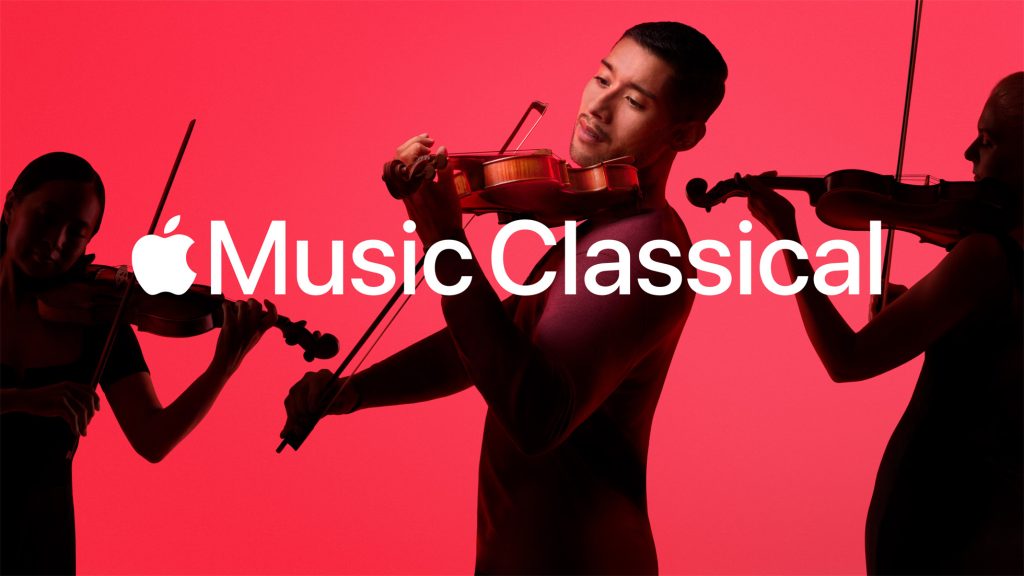Dimensions Festival
We speak to the brains (and ears) behind Croatia’s critically acclaimed, beachside music celebration

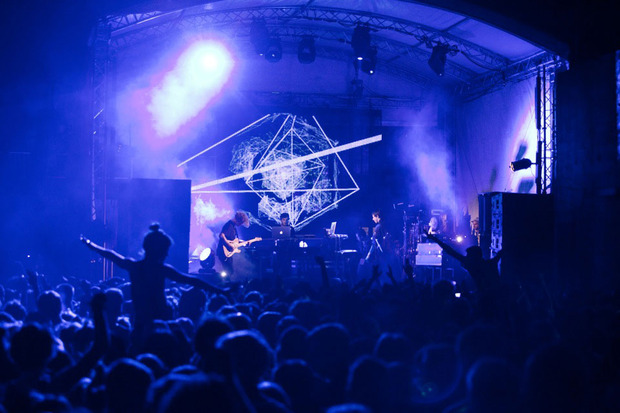
Imagine driving a Lamborghini, but never breaking 90 miles an hour. Rolling down the road in one of the world’s top cars would still be quite an enjoyable experience, but that isn’t what the machine was designed to do. The same can be said for state-of-the-art audio systems. Listening to Theo Parrish in one of London’s most sonically advanced dance clubs will have your heart thumping, but municipal noise restrictions limit how far engineers can really push a sound system’s full capabilities. But what if Parrish performed in an ancient fort in unconstrained Croatia where he was plugged into one of today’s most sophisticated sound systems? Enter Dimensions Festival.
An underground electronic music festival aimed at hi-fi enthusiasts, Dimensions delivers four days of unbelievable sound from a range of artists, including Mount Kimbie, Gilles Peterson, Mr Scruff, Moodyman, Brandt Brauer Frick, Daphni, Blawan and many more. After winning over the ears of some of music’s most discerning audiophiles at its debut last year, Dimensions—the sibling to Outlook Festival—returns to the beaches of Fort Punta Christo once again, and we checked in with Dimensions co-founder Noah Ball and Neuron Audio‘s managing director Kyle Marriott (whose Void Acoustics installation was so remarkable Parrish requested to use it again this year) to learn more about what makes the festival such a unique audio experience.
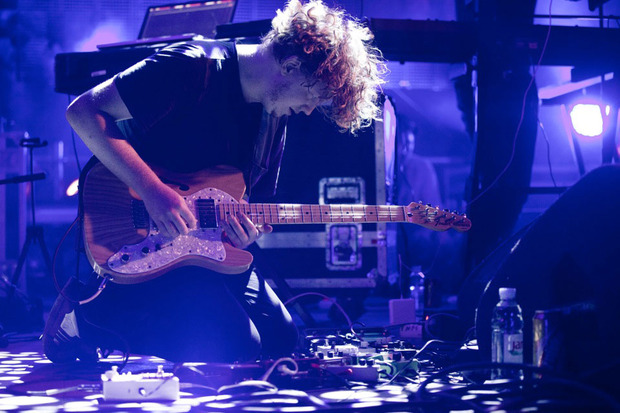
What does Dimensions do differently than other electronic music festivals?
Kyle Marriott: First and foremost, every stage features a unique sound system that is at the pinnacle of its field. From varnished wood roots and dub stacks like Mungo’s, across the now ubiquitous and much loved purple and silver space age design of Funktion One, through sculpted conical horns, giant dance stacks that look like Transformers and right up the very latest, revolutionary multi-celluar line arrays, the whole spectrum of audio is not only represented but celebrated.
Noah Ball: To save money, most festivals of our size would take one sound system supplier and pay an all-in cost for them to provide spec for every arena. We know that different systems work better for different arenas and different genres of music and we hand-pick our suppliers specifically for each venue—six different styles of sound systems across nine arenas.
What is the most important aspect to producing a festival’s sound?
KM: From the perspective of a sound provider, the organizers making audio a top priority is probably the biggest factor. Far too many events in the UK are crippled by unworkable noise limits, and that means hacking important elements out of the sound to appease environmental health. Dimensions benefits massively from open communication and discussion between the organizers, artists, agents and sound crews happening early on and often, right up to the festival and beyond.
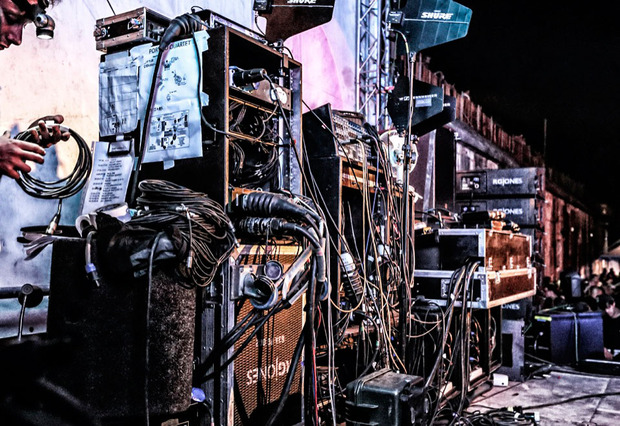
It seems like Dimensions uses a very specific mix of equipment that applies to Jamaican music. Why does this setup work best for electronic music?
KM: Much of modern electronic music comes from, or features, elements taken from a foundation of roots music, often of Jamaican origin, and their sound system culture is responsible for a lot pioneering work in sound system design, following the introduction of DIY plans provided by hi-fi manufacturers in the late ’40s and early ’50s.
The rear-loaded horn or “scoop” designs that came from major industry players such as JBL, Jensen and Eminence at the time not only formed the basis for community developed ska, roots and rockers music but were also prominently featured in legendary Paradise Garage and Ministry of Sound club soundsystem designs by luminaries Richard Long, Gary Stewart, et al. They also still take pride of place in many high-end hi-fi designs as a full range enclosure for the discerning listener. Many of the sound systems featured at Dimensions were born from evolutions of these classics, or pay homage to both their visual and audio aesthetics.
NB: That’s not completely true. We have one evening arena which uses a dub, Mungo’s sound system, and in that arena the musical styles featured are the electronic sounds that sway toward Jamaican heritage—dubstep, garage, dub and drum and bass—music that often features heavy rolling bass sounds rather than the punchier bass patterns found in house and techno. The only other Jamaican style sound system rig we have is on the beach arena. And sunshine music deserves the warm sound that dub rigs provide, the bass rolls toward you rather than stabbing you.
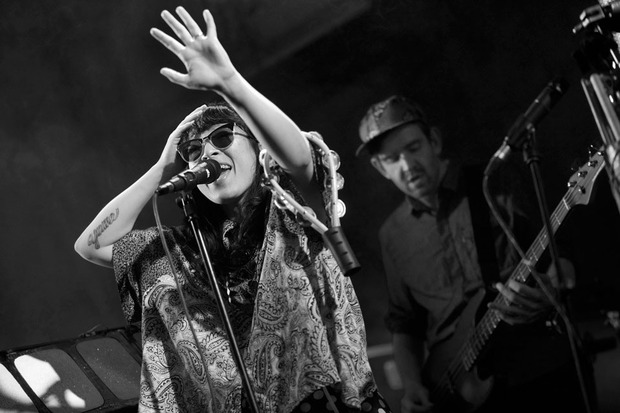
How much do you work with each artist beforehand to ensure their distinct sound is at its optimum?
KM: The majority of artists set out the equipment they need to perform in their riders, which are distributed to production teams prior to the event, but more important is the fact that many of the staff involved in the festival are simply already fans of the music being played and know the artist’s work intimately as a result. As providers of sound for many other events across the UK and beyond, we’ve worked with an artist at some point in the past and have a good relationship with them. If not, many of the musicians will come to the stage in advance of their set to have a peek at the system and meet the crew, at which point we discuss any concerns or requests they may have, however obscure.
As well as this, there’s a good chance that our staff will be listening to songs or mixes created by the artists not only performing on their own stages but across the festival in the months running up to the event—partly for work reasons, partly due to the promotional blog updates from the festival, but mostly because it’s great music spanning a wide range of genres!
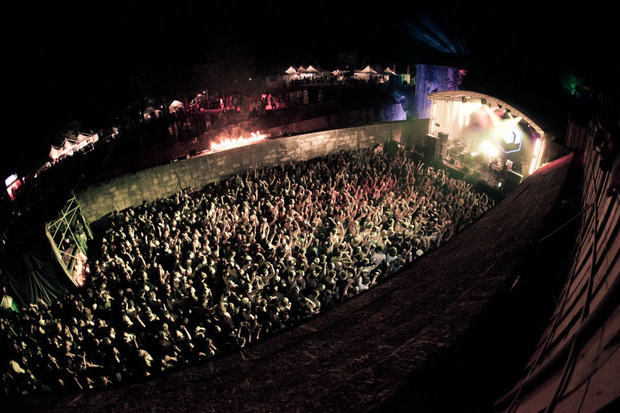
What is a defining feature of the Dimensions sound system?
KM: Attention to detail and an uncompromising approach. Sound providers are hand-picked and almost have to earn their spot at the festival, by impressing some of the most discerning ears in the industry. It’s also a great field for trying out something new in a beautiful location with a welcoming crowd. The fort has been privy to some world firsts in the past, and that tradition is set to continue into the future.
NB: Clarity and having a little bit more volume and body than you will find at most festivals; our location means that sound restrictions that hinder many festivals due to people living nearby do not apply to us as much. People are always complaining nowadays that the volume at festivals is far too quiet because sound restrictions impact them so much. For this we are really fortunate.
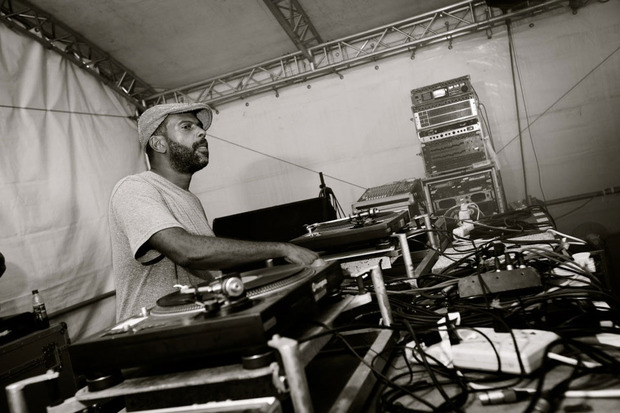
Which artist’s sound is the trickiest to perfect?
KM: Some artists place high demands on the production because they rightly hold themselves to the same standards. Luckily our sound crews love a challenge and rise to the occasion, but some do stand out more than others. One in particular is the legendary Theo Parrish, who got in touch straight after last year’s inaugural Dimensions festival to praise the event, specifically the sound. He not only requires that the turntables be in perfect operating condition, with clean, brand new needles, but also a totally empty stage to prevent anybody dancing like a lunatic to his unmatched record collection from causing any vibe-breaking bumps or skips.
NB: One of the acts last year that was difficult to get right was Portico Quartet who use a fantastical percussion instrument called the Hang. During the first five minutes of their set there were a couple of feedback issues but our sound crew from RG Jones managed to rectify things fairly promptly. Portico are returning for us again this, they went down amazingly and really enjoyed themselves.
One of the main things to overcome sound issues is trying to make sure as many of the acts on the bill can soundcheck properly which is often impossible at festivals, its common for even the biggest of acts to have a short line check only. Because we don’t open the main stage until 8pm it allows our live performers most of the afternoon to sound check, where as a festival that runs from, say, 1pm will often only be able to sound check the headline act.

What is different about this year? How have you progressed the sound?
NB: Each year we get feedback from as many of the artists as we possibly can, we have detailed debriefs with each of the system providers and, because many of our customers are audiophiles themselves and because we promote the technical specification of our event we often get long debriefs from our festival goers. All of this helps us tweak things from year to year.
This year we are concentrating on the sound systems on the boat parties. Even though the boats are only 200 capacity, each boat is laid out differently so we want to try and optimize the sound for each individual layout which is something that our feedback from last year has pointed us towards.
Dimensions Festival runs from 5-9 September 2013, tickets are still available online for £145. Check out more images from the photographers who captured 2012 on the Dimensions site, and for an even greater in-depth analysis of the sound systems, read Marriott’s blog post about Neuron Audio’s installation last year.

